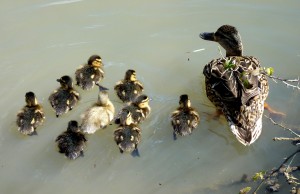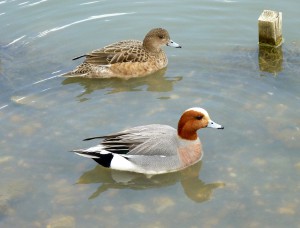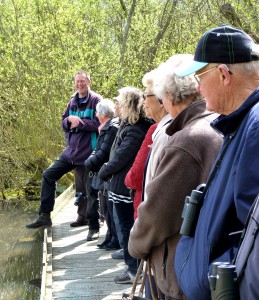Tom Simpson from the Sussex Wildlife Trust found himself among sympathetic and like-minded people when he gave an interesting and informative presentation to Ferring Conservation Group at their May meeting on the ‘Wild about Worthing’ project. This new project aims to reconnect people with nature and to encourage the joining up of habitats to help wildlife flourish and create a Living Landscape.
The project is supported by a grant from the Lottery Fund and promotes identifying and recording wildlife that lives around Worthing. Surveys will be launched over the next 2 years and focus on 7 target species ranging from bumblebees, butterflies and stag beetles to slow worms, swifts, hedgehogs and the ‘mermaid’s purse’ egg cases of the skates, rays and cat sharks. The findings can be recorded online and will link in with the Sussex Biodiversity Record Centre.
There are many environmental educational wildlife events that aim to encourage young people to enjoy being outdoors and to be inspired by nature. Whereas people of all ages can join in with ‘wildlife gardening projects’ and also learn to appreciate that our streets, parks and school grounds can offer habitats for a whole range of species.
After a break for tea Tricia Hall delivered her welcome Nature Notes and informed us that a colourful hoopoe bird had been spotted in a garden in Midhurst Close. She then showed us a photograph of a pretty whitethroat sitting in a tree near the river Rife, one of several that had been spotted in the same area. Only a few butterflies had been seen due to the cold weather in May but wildflowers such as buttercups in Sea Lane and cow parsley and the yellow flag iris on the banks of the river Rife were particularly attractive this year. Tricia then thanked the Group for their donation of a willow tree in memory of her husband, Mike Hall, which was planted in a field adjacent to her house.
Ed Miller commenced his planning update with the welcome news that no planning applications for housing had been received recently by Arun DC. Foschini Nursery have organised 2 Open Days on 29th and 30th May for the public to view their proposal for 6 mobile homes plus farm shop and café, including the conversion of an agricultural shed to accommodate the manager of the new complex. Ed also advised our Group that the legal process for the banning of overnight parking along the seafront had commenced.
Michael Brown then gave us news that permission had been granted for the onshore work for the Rampion Windfarm would begin in 2015 and the offshore work in 2016. Chris Tomlinson, Eon’s project manager, has been invited to talk to our Group at our July meeting.
Our chairman David Bettiss concluded the meeting with dates of 2 forthcoming nature walks. Shingle beach walk at Shoreham to identify plants and fauna on Monday 22nd June meet at 2pm at Shoreham Fort car park. Highdown Hill to identify butterflies meet at 2pm in car park on Thursday 2nd July.




